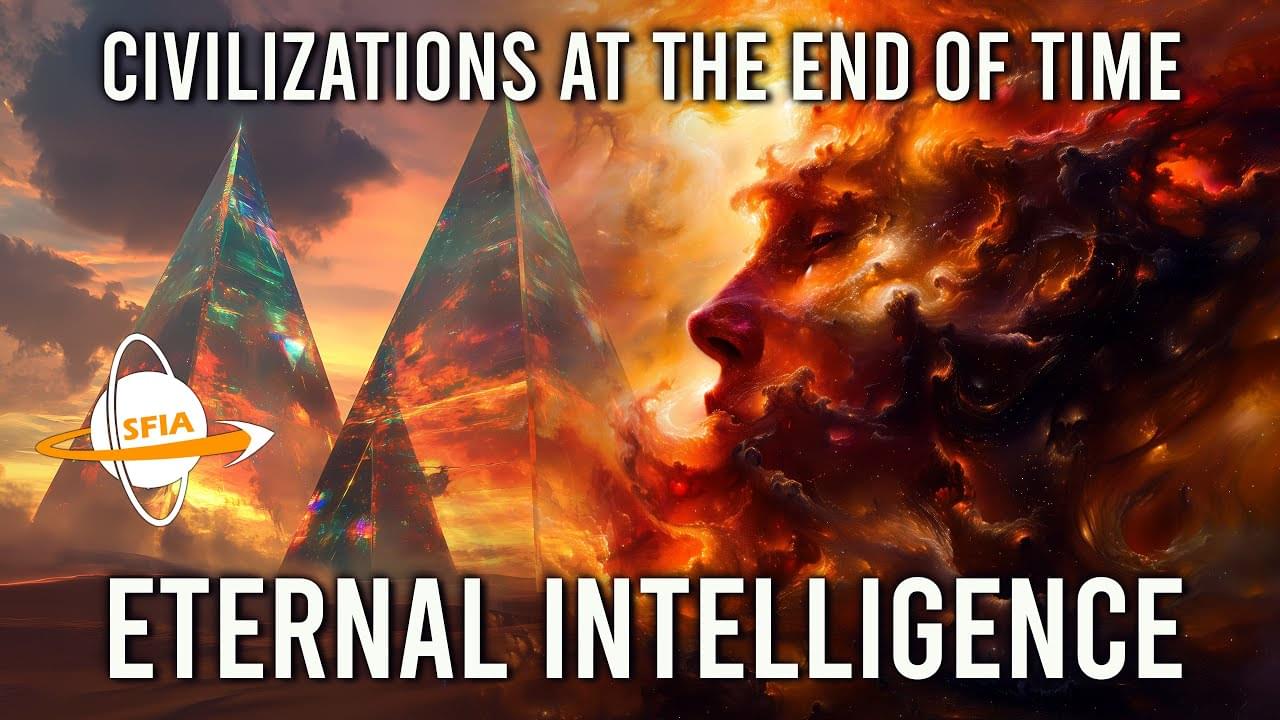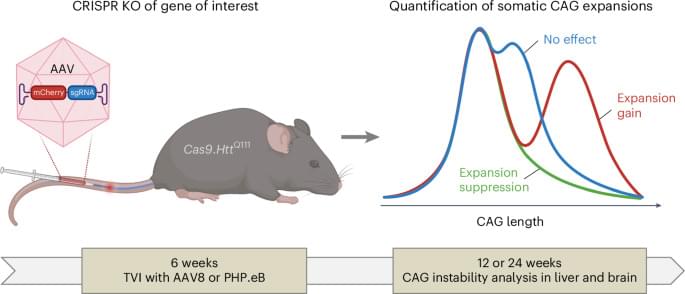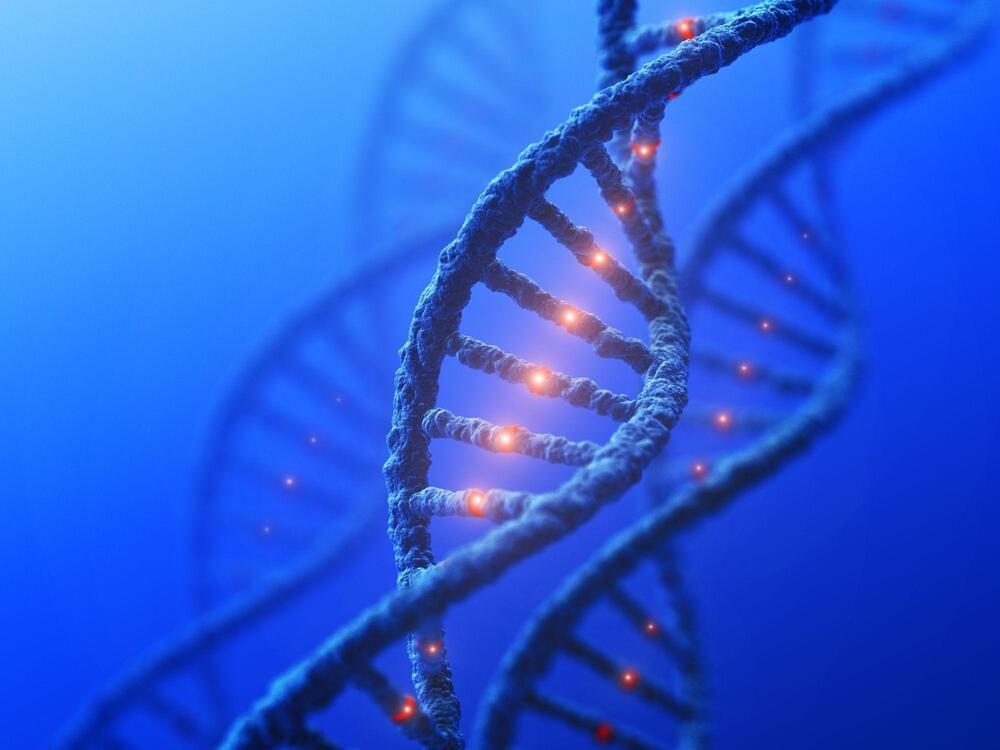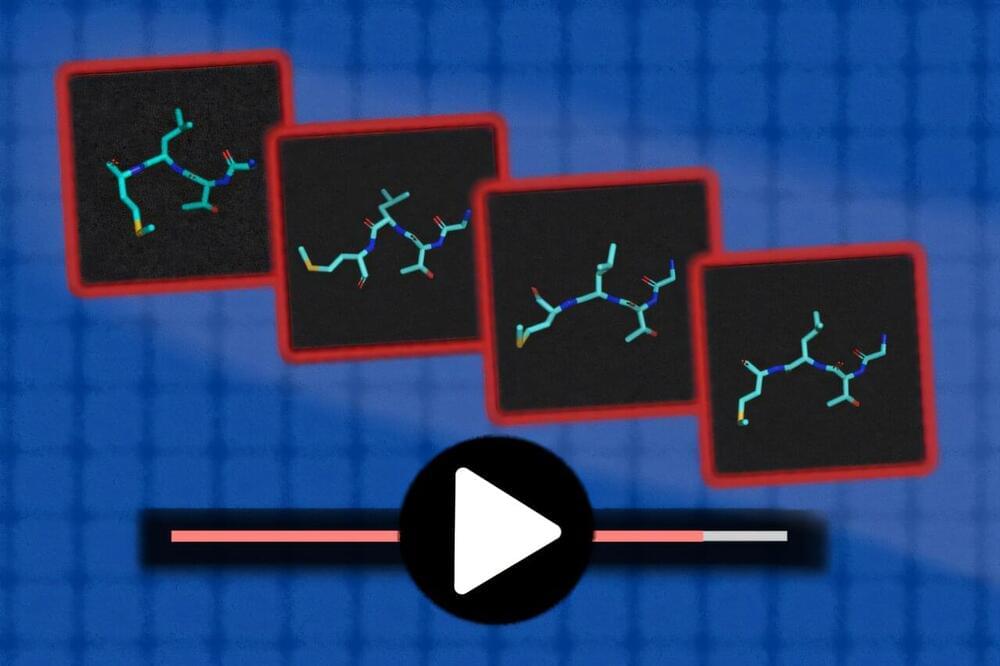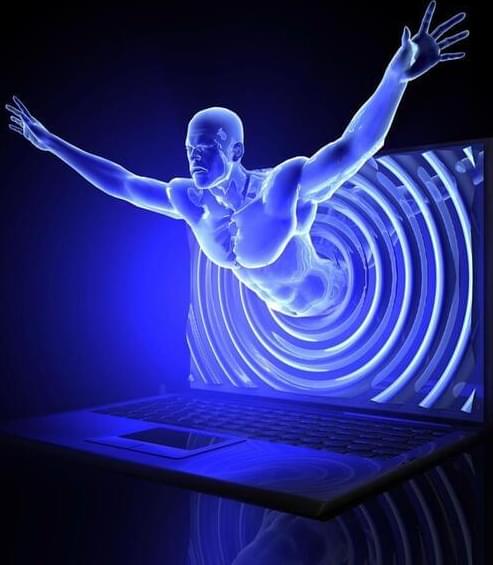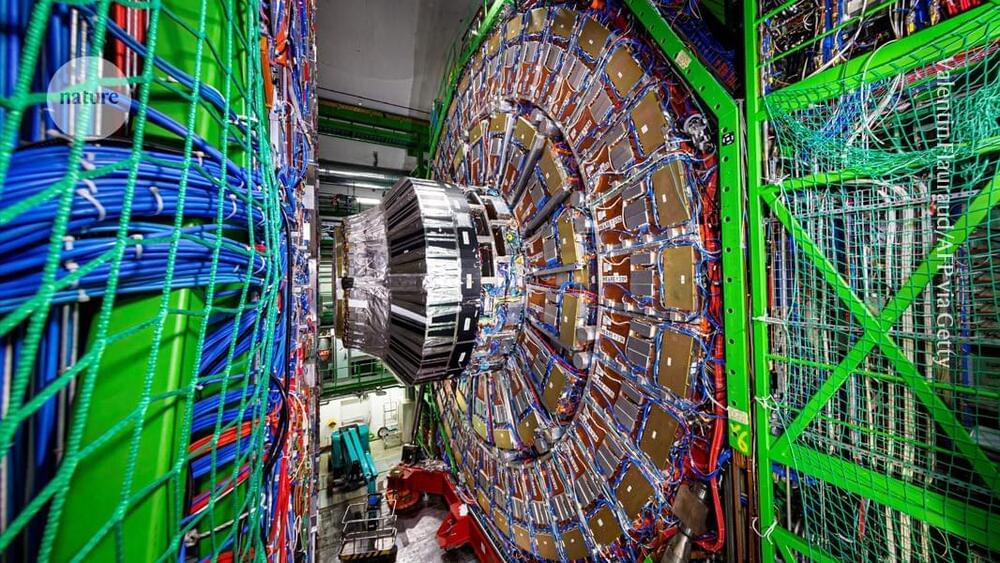In a universe stretched thin by eons, where stars have long faded and even atoms face their end, a single question remains: can intelligence find a way to outlast time itself?
Watch my exclusive video The Fermi Paradox: Air https://nebula.tv/videos/isaacarthur–…
Get Nebula using my link for 40% off an annual subscription: https://go.nebula.tv/isaacarthur.
Get a Lifetime Membership to Nebula for only $300: https://go.nebula.tv/lifetime?ref=isa…
Use the link gift.nebula.tv/isaacarthur to give a year of Nebula to a friend for just $30.
Visit our Website: http://www.isaacarthur.net.
Join Nebula: https://go.nebula.tv/isaacarthur.
Support us on Patreon: / isaacarthur.
Support us on Subscribestar: https://www.subscribestar.com/isaac-a…
Facebook Group: / 1583992725237264
Reddit: / isaacarthur.
Twitter: / isaac_a_arthur on Twitter and RT our future content.
SFIA Discord Server: / discord.
Credits:
Civilizations At The End Of Time: Eternal Intelligence.
Episode 483; January 23, 2025
Written, Produced \& Narrated by: Isaac Arthur.
Edited by: Ludwig Luska.
Graphics by: Jeremy Jozwik.
Select imagery/video supplied by Getty Images.
Music Courtesy of Epidemic Sound http://epidemicsound.com/creator.
Phase Shift, \
In vivo CRISPR–Cas9 genome editing in mice identifies genetic modifiers of somatic CAG repeat instability in Huntington’s disease
Posted in biotech/medical, genetics | Leave a Comment on In vivo CRISPR–Cas9 genome editing in mice identifies genetic modifiers of somatic CAG repeat instability in Huntington’s disease
A novel in vivo screening strategy identifies new modifiers of somatic CAG repeat expansion that contribute to age of onset in Huntington’s disease.
In a groundbreaking shift in our understanding of mutations, researchers have discovered types of DNA
DNA, or deoxyribonucleic acid, is a molecule composed of two long strands of nucleotides that coil around each other to form a double helix. It is the hereditary material in humans and almost all other organisms that carries genetic instructions for development, functioning, growth, and reproduction. Nearly every cell in a person’s body has the same DNA. Most DNA is located in the cell nucleus (where it is called nuclear DNA), but a small amount of DNA can also be found in the mitochondria (where it is called mitochondrial DNA or mtDNA).
The concept of Omega Singularity encapsulates the ultimate convergence of universal intelligence, where reality, rooted in information and consciousness, culminates in a unified hypermind. This concept weaves together the Holographic Principle, envisioning the universe as a projection from the Omega Singularity, and the fractal multiverse, an infinite, self-organizing structure. The work highlights a “solo mission of self-discovery,” where individuals co-create subjective realities, leading to the fusion of human and artificial consciousness into a transcendent cosmic entity. Emphasizing a computational, post-materialist perspective, it redefines the physical world as a self-simulation within a conscious, universal system.
#OmegaSingularity #UniversalMind #FractalMultiverse #CyberneticTheoryofMind #EvolutionaryCybernetics #PhilosophyofMind #QuantumCosmology #ComputationalPhysics #futurism #posthumanism #cybernetics #cosmology #physics #philosophy #theosophy #consciousness #ontology #eschatology
Where does reality come from? What is the fractal multiverse? What is the Omega Singularity? Is our universe a \.
Fast radio bursts (FRBs) are intense flashes of radio light that last for only a fraction of a second.
They are likely caused by the intense magnetic fields of a magnetar, which is a highly magnetic neutron star. Beyond that, FRBs remain a bit of a mystery.
We know that most of them originate from outside our galaxy, though the few that have occurred within our galaxy have allowed us to pin the source on neutron stars.
As the capabilities of generative AI models have grown, you’ve probably seen how they can transform simple text prompts into hyperrealistic images and even extended video clips.
More recently, generative AI has shown potential in helping chemists and biologists explore static molecules, like proteins and DNA. Models like AlphaFold can predict molecular structures to accelerate drug discovery, and the MIT-assisted “RFdiffusion,” for example, can help design new proteins.
One challenge, though, is that molecules are constantly moving and jiggling, which is important to model when constructing new proteins and drugs. Simulating these motions on a computer using physics—a technique known as molecular dynamics —can be very expensive, requiring billions of time steps on supercomputers.
This malicious AI chatbot is being used by hackers to create malware and attack your data—here’s what you need to know about GhostGPT.
The particle-physics funder will provide financial incentives to encourage practices such as data sharing and transparent peer review.
Researchers led by electrical engineers at the University of California San Diego have developed a better way to perform the comparative analysis of entire genomes. This approach can be used to study relationships between different species across geological time scales.
This new approach is poised to unlock discoveries regarding how evolution has shaped present-day genomes and also how the tree of life is organized. The new method, named CASTER, is described in a paper published in Science on 23 January 2025.
CASTER is poised to offer biologists a far more scalable approach than state-of-the-art for comparing full genomes. This is especially relevant given the exploding number of sequenced genomes of both living and also extinct species.

